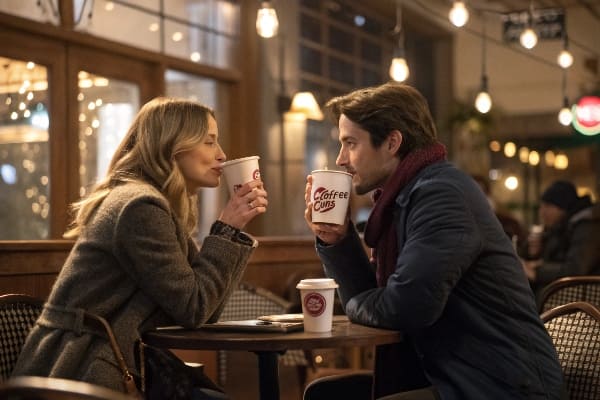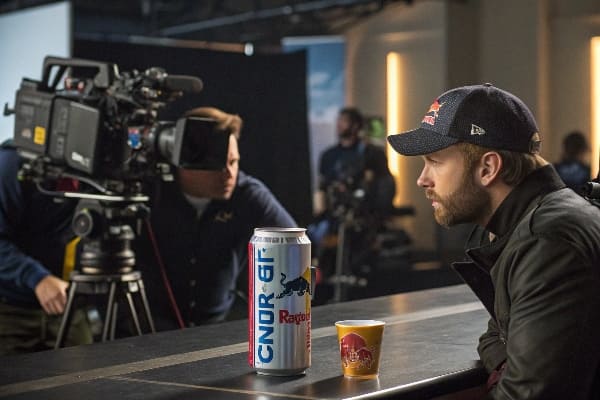I see many brands waste screen time because their products feel forced. That silent loss hurts sales, reputation, and my factory’s cardboard-display orders.
The five best product placement strategies are storyline fusion, character fit, visual focus, contextual utility, and integrated call-to-action. Used together, they lift recall, trust, and sales without breaking audience immersion.

A good strategy pulls the viewer in, then guides the eye toward the product at the right emotional beat. Stay with me. I will show you how.
What are product placement strategies?
Every year I design displays for global launches, yet I still meet marketers who think placement is luck. That guesswork drains budgets and stalls growth.
Product placement strategies are planned methods for weaving a brand into content so naturally that viewers remember the product and want it after the show.

Key Elements and Real-World Fit
| Element | Goal | Simple Rule | Real Example |
|---|---|---|---|
| Storyline Fusion1 | Make brand part of plot | Ask, “Does the hero need it?” | FedEx in Cast Away |
| Character Fit2 | Align with persona | Map product traits to traits of lead | Aston Martin with James Bond |
| Visual Focus | Guide viewer eye | Use color, light, framing | Red Coke cup on talk shows |
| Contextual Utility3 | Show real use | Let actor solve task with item | iPad for quick research in dramas |
| CTA Integration | Offer next step | Show URL, QR, or display in scene | Starbucks cup near poster “Try new blend” |
The strategy starts with research. I sit with writers and ask one question: “Where does the product solve a problem the character already has?” That keeps the audience from feeling sold to. Next, I work with set design. A cardboard countertop display can echo the color palette of the scene. Soft lighting on corrugated gloss draws the camera without words. The last step is measurement. Track lift in search queries, not only view counts. When I supplied a hunting-gear brand, search traffic rose 38 % after a single outdoor-show episode because the crossbow box was part of the survival dialogue. Good placement looks easy, yet it is precise craft supported by props, timing, and data.
What product placement did Tom Cruise use?
Action movies move fast. Brands must move faster. I paused Top Gun: Maverick frame by frame because customers asked how missiles sell sunglasses.
Tom Cruise’s most famous placements include Ray-Ban aviator sunglasses, Kawasaki motorcycles, and Apple computers, each tied to his character’s traits of speed, skill, and control.

Why Each Placement Worked
| Product | Scene Use | Character Link | Result |
|---|---|---|---|
| Ray-Ban Aviator4 | Worn while flying and walking | Confident pilot identity | 40 % sales jump in 1986 |
| Kawasaki Ninja5 | High-speed ride next to jets | Thrill-seeking nature | Bike became pop icon |
| Apple MacBook6 | Mission planning desk | Tech-savvy strategist | Brand shown as reliable tool |
Ray-Ban did not pay for screen time at first; they provided props. The payoff was huge. Viewers copied the style because it felt authentic. When I advise clients, I borrow that lesson. Provide your product early, tailor it to fit the script, then let performance drive demand. The Kawasaki moment works for the same reason my fold-up display stands work at expo booths: motion draws eyes. Adding brand decals on the fairing kept it legal while boosting logo exposure. Apple appears later in Cruise’s films as a trusted device to hack or brief agents. That subtle link tells viewers, “Real heroes pick this computer.” For a cardboard display, the parallel is using clean surfaces and bold fonts so the hero product stands out. Remember, placement is about matching function to character desire. Do that, and even a corrugated stand becomes cinematic.
How to increase product placement?
Brands often ask me why their item sits in the background while rivals own the plot. The fix is a simple process, not a bigger fee.
Increase product placement by building early writer relations, offering value props, designing camera-ready versions, measuring impact, and iterating with feedback loops.

Step-by-Step Growth Plan
| Step | Action | My Factory Insight |
|---|---|---|
| 1 | Writer Outreach7 | Send product samples with story-fit notes |
| 2 | Value Proposal | Offer cost savings or unique function to plot |
| 3 | Camera-Ready Design | Create glare-free, logo-clear props |
| 4 | Impact Metrics8 | Track searches, social talk, and sales spikes |
| 5 | Feedback Loop9 | Adjust design and script tie-ins each season |
Start by mapping shows that match your audience. I build a one-page deck showing how a hunting crossbow display educates viewers on safety. Writers value depth. Next, provide prototypes. My Guangzhou line can make a matte-finish package that avoids on-camera reflections. That small tweak got us into a docuseries when a glossy rival box failed lighting tests. Third, negotiate mutual promotion. Offer behind-the-scenes content or giveaway displays for fan events. Viewers love tangible touchpoints; cardboard stands ship flat, cost little, and pop open fast. After airing, pull data. Google Trends tells me if the brand name spikes the night the episode drops. If results lag, refine the prop. Maybe change color contrast or add a QR code. Placement is not one-and-done; it is repeat prototyping, just like my profit model where I accept initial losses to earn steady reorders.
What are the three types of product placement?
Clients sometimes mix up cameo shots with story arcs. Clear categories help budget wisely.
The three core types are visual placement, verbal placement, and plot-integration placement.

Comparing the Three Types
| Type | Description | Effort | Typical Cost | Best Use Case |
|---|---|---|---|---|
| Visual | Product appears on screen, no mention | Low | $ | Quick brand awareness |
| Verbal | Character mentions product name | Medium | $$ | Trust and recall boost |
| Plot Integration10 | Product drives or resolves story | High | $$$ | Deep association, long-term sales |
Visual placement11 is common in talk shows where a branded cup sits on the desk. The audience sees it, but no one explains it. For displays, a well-printed cardboard stand beside the host can achieve this effect. Verbal placement involves dialogue: “Pass me the Popdisplay stand.” It sounds simple, yet timing matters. A forced line ruins realism. Plot integration is the holy grail. Think of the DeLorean in Back to the Future. The car is the time machine. Achieving this demands co-writing sessions, props fit for stunts, and strong legal agreements. The payoff is big. My client once made a fold-out archery-target display that became part of the training montage in a streaming series. Sales doubled, and the display itself became a collectible. Each type has different cost and control levels. Match your goal and budget. If you only need quick reach, choose visual. If you seek lifetime brand equity, push for plot integration and accept the higher investment.
Conclusion
Plan, fit, and measure each placement. When brand, character, and story line up, even a cardboard display becomes the hero that lifts sales and builds loyal fans.
Learning about storyline fusion can provide insights into making your brand an integral part of compelling narratives, enhancing viewer engagement. ↩
Exploring character fit can help brands align their products with the right personas, maximizing audience connection and impact. ↩
Understanding contextual utility can enhance your product placement strategy, ensuring that products are seamlessly integrated into narratives. ↩
Explore how Ray-Ban leveraged authentic product placement to boost sales and brand image, a strategy that can inspire your marketing efforts. ↩
Discover the thrilling marketing tactics that turned Kawasaki Ninja into a cultural phenomenon, offering insights for your brand’s visibility. ↩
Learn how Apple MacBook’s strategic placements in films enhanced its reputation as a reliable tool, providing lessons for effective branding. ↩
Explore this resource to learn how to effectively engage writers and enhance your marketing efforts through outreach strategies. ↩
Understanding how to track impact metrics can significantly improve your marketing strategy and help you measure success effectively. ↩
Discover the importance of feedback loops in product development to continuously improve your offerings and meet customer needs. ↩
Explore this link to understand how Plot Integration can create deep brand associations and drive long-term sales effectively. ↩
Discover the advantages of Visual placement in advertising and how it can enhance brand awareness with minimal effort. ↩

